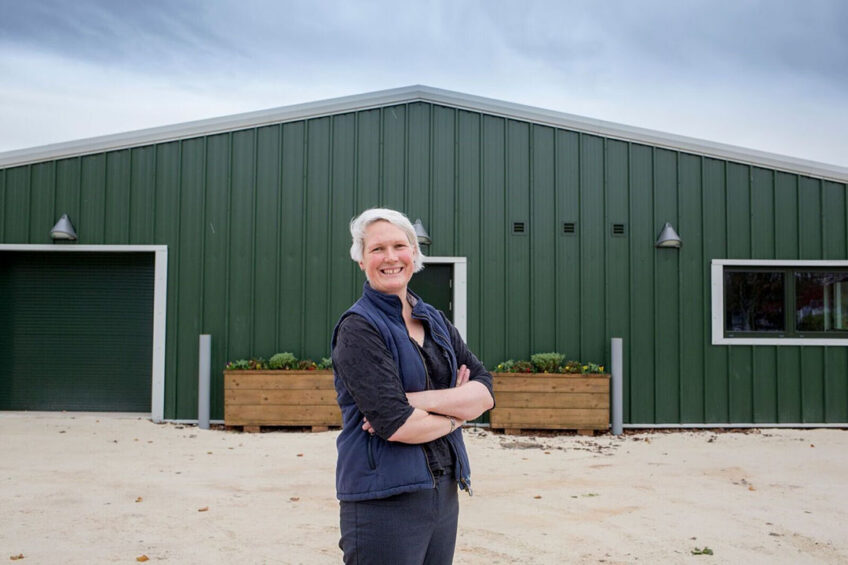Exploring innovation on poultry farms and research hubs

Replacements for soybean meal in poultry rations through optimising other protein sources are still some way off, despite encouraging trials.
Speaking at the final NFU Poultry research seminar, Emily Burton, of Nottingham Trent University, touched on a new initiative that was recycling industrial carbon dioxide into cost-competitive protein for high value, sustainable animal feed. The REACH-FIRST project, led by Deep Branch Biotechnology, captures carbon dioxide into Proton, a single-cell protein optimised for animal feed via a proprietary gas fermentation process. This – the first of 3 phases – is currently being scaled up ahead of co-development with market leading feed producers. The first poultry trial is due this August with the aim of eventually producing animal products with up to 60% less greenhouse gas emissions throughout the total value chain.
Bioethanol protein concentrate project
Another initiative which could pay dividends as a replacement to soybean meal is a bioethanol protein concentrate project. The aim is to create a more sustainable protein product for the sector with an increased protein content and decreased amount of fibre, as well as avoid recombining thin stillage and cake. Trials have shown that ring dried, wheat bioethanol protein concentrate, added as a partial replacement of soya in pelleted diets, can lead to significantly improved Feed Conversion Rate (FCR) at all inclusion levels when fed to chicks from hatch to 22 days. Prof Burton said our social responsibility requires us to reduce the carbon footprint associated with poultry meat: “PROTON from REACT-FIRST may offer a very low carbon alterative to soya in the future. MSC from the bioethanol protein concentrate project offers a lower carbon alternative to soya. But we are a long way from total replacement of soya,” she added.
Sensors used to monitor sound and temperature
David Speller, OPTIfarm founder and chief executive officer, explained how he uses robotic sensors and data analysis within his poultry units. The sensors are used for monitoring sound, temperature and cameras cover the birds 24/7. Image analysis software looks for behavioural change indicators in his birds, allowing him to track disease throughout flocks and detect problems up to 3 days ahead of clinical symptoms. David Brass, of the Lakes Free Range Egg Company, highlighted how he uses data analysis and how this assists stockpersons on his farm. By using the data he collects to inform management decisions, he has reduced mortality from 1.5% to 0.38% in his rearing units and attained 11.7 more eggs per bids in his laying unit.
Smart poultry house aims to avoid heat stress losses
Researchers at the University of São Paolo (USP) have developed an intelligent and low-cost thermal control system capable of monitoring climate conditions in a poultry shed in real-time. The system is designed to reduce heat stress and prevent losses.
Artificial intelligence perceived as helpful
Polls taken during the webinar showed that 83% of attendees believed that data analysis using artificial intelligence and automation to aid management decisions would be helpful to staff. Thomas Wornham, NFU poultry board chairman, said it was great the seminar was able to act as a conduit between academia and industry, introducing new and innovative research: “Our industry continues to evolve as businesses invest in new facilities and infrastructure. The aim of these seminars is to enable poultry businesses to keep pace with new and upcoming trends, practices, and even some blue sky thinking for the vision of the future.”












